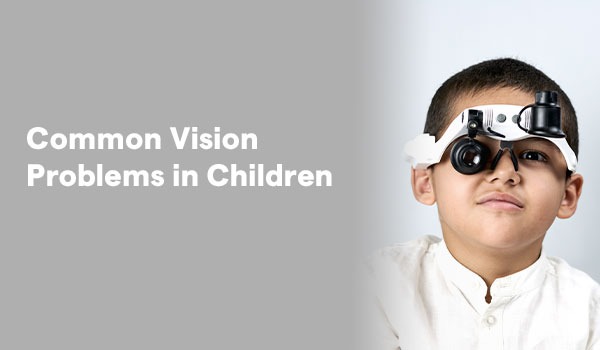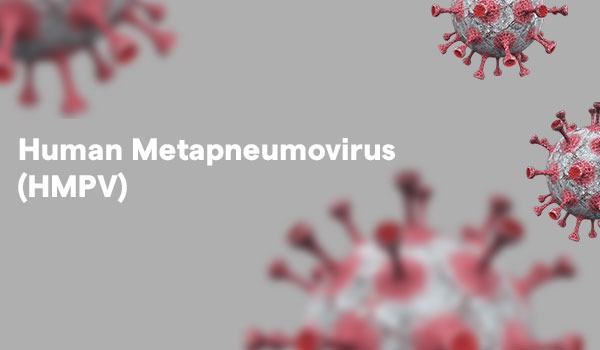
Nearsightedness, also known as myopia, is one of the common eye illnesses that children are likely to develop. In this condition, light, instead of focusing on the retina, focuses in front of it due to an unusually long eye.
Inability to see distant objects or the blackboard at school or leaning forward with a squinting face when trying to see something away is a clear sign of myopia in children. Therefore, if you observe any of these symptoms, you should seek advice from an optometrist or an ophthalmologist for proper assessment.
Myopia can be mainly managed through the use of eyeglasses or contact lenses. Its speed of progression can be decreased by the use of certain drops, special specs, decreased screen time, and increased outdoor activity.
Another common vision issue in children is hyperopia or farsightedness. In this condition, the light that should be focused on the retina is focused behind it, making it difficult to see nearby objects clearly.
Hyperopia may cause a child to hold items such as books or toys at arm’s end distance or complain of headaches when reading. Just as with myopia, an individual cannot diagnose themself with this condition, they would need to seek an appointment with an eye care professional from the best ophthalmology hospital in Delhi to do so as well as to find out the course of action to take.
Inheritance plays a role but there is sufficient evidence to suggest that lack of outdoor activity and excessive screen time are playing a major role in deteriorating the children’s eyes.
Hyperopia is usually managed through prescription eyeglasses or contact lenses. In some instances, vision therapy may also be prescribed to teach how to keep the eyes on an object or move from one object to the next coherently.
”Astigmatism is any condition which results in an irregular bowing of the cornea or lens so that light focuses at two or more points in the back of the eye.” This leads to a situation where the person cannot see well either at near or distant objects.
Children with astigmatism often have headaches eye strain, or difficulty in focusing their vision on an object. As with other common vision problems such as myopia and hyperopia, an eye test is recommended for those who have astigmatism so that the problem can be properly diagnosed and a treatment plan developed.
The main intervention for astigmatism is the use of spectacle lenses or contact lenses. Occasionally, LASIK surgery or any refractive surgery should be done after 18 years of age.
Lazy eye, or amblyopia, is an inability to develop good vision in one eye even when the correct glasses are worn or when eye examinations are perfectly normal. This is a condition that arises when the brain prefers one eye more than the other, the less preferred eye becomes less active and develops poorly.
Children with amblyopia may have eyes of unequal size or shape and may also favor one eye over the other, or may have problems with judging distances. Amblyopia is best treated as early as possible so as to ensure that proper vision in the affected eye is not lost completely.
This is usually done by patching the stronger eye, refractive correction, and proper vision training. Occasionally amblyopia may be accompanied by birth anomalies in ocular structures and surgery may be required.
This is a disease characterized by improper coordination of the eyes, where one eye looks towards the inside while the other eye looks outside. This can lead to a condition known as amblyopia or lazy eye and also cause a problem with 3D vision.
The child with strabismus may attempt to see objects by tilting the head squinting, or completely closing the affected eye. In addition to being caused by congenital factors or genetics, strabismus may be a result of an injury, stroke, neurological disorder, or other condition; the management of strabismus may therefore require a referral to health professionals for further assessment.
The management of strabismus involves the use of eyeglasses; ocular motor training also referred to as vision training where the correlation between eyes is affected, and surgery where there is muscle imbalance. Surgery should be done as early as possible.
Refractive errors are disorders of vision that result when the cornea or lens of the eye is not properly formed and accordingly bends the light. They may lead to myopia, hyperopia, astigmatism, or any mix of those three vision complications.
Children with refractive errors may have trouble with distant and near vision, headaches, or eye strain. Refractive errors and the necessity of treatment must be identified, which can be possible only after a complete eye check-up.
In this case, the only available treatment is corrective eyeglasses or contact lenses. Rarely, refractive surgery and other operations are advised for children with the problem and people of a certain age.
Convergence insufficiency is a vision disorder that arises due to the failure of the eyes to align when pointing to nearby objects. It concerns the way the eyes position and manage to focus, leading to problems with reading, writing, or any other near work.
Some children with the disorder may have problems with double vision, headaches, or eye strain when attempting to read or work on close-up tasks. This condition requires a thorough eye check to diagnose the condition appropriately and see the right treatment to pursue.
It is typically treated with vision therapy which may consist of exercises, and the use of spectacles to enhance the eye’s ability to work together.
The vision-related problems faced by the children vary from mild to severe, and if this is not well addressed and treated during childhood it may lead to further vision complications or even permanent vision loss. In the case your child exhibits any of these symptoms you should book an appointment with an eye care professional from Sir Ganga Ram Hospital for an assessment of the vision. Most vision problems, if well managed, can go a long way to being dealt with so that your child can do well in school and all other activities.




